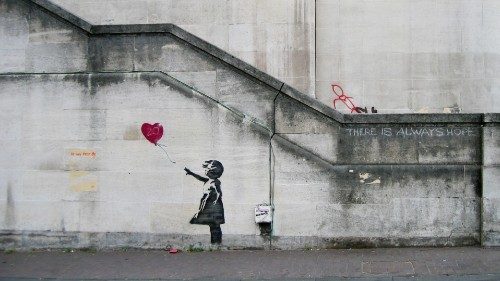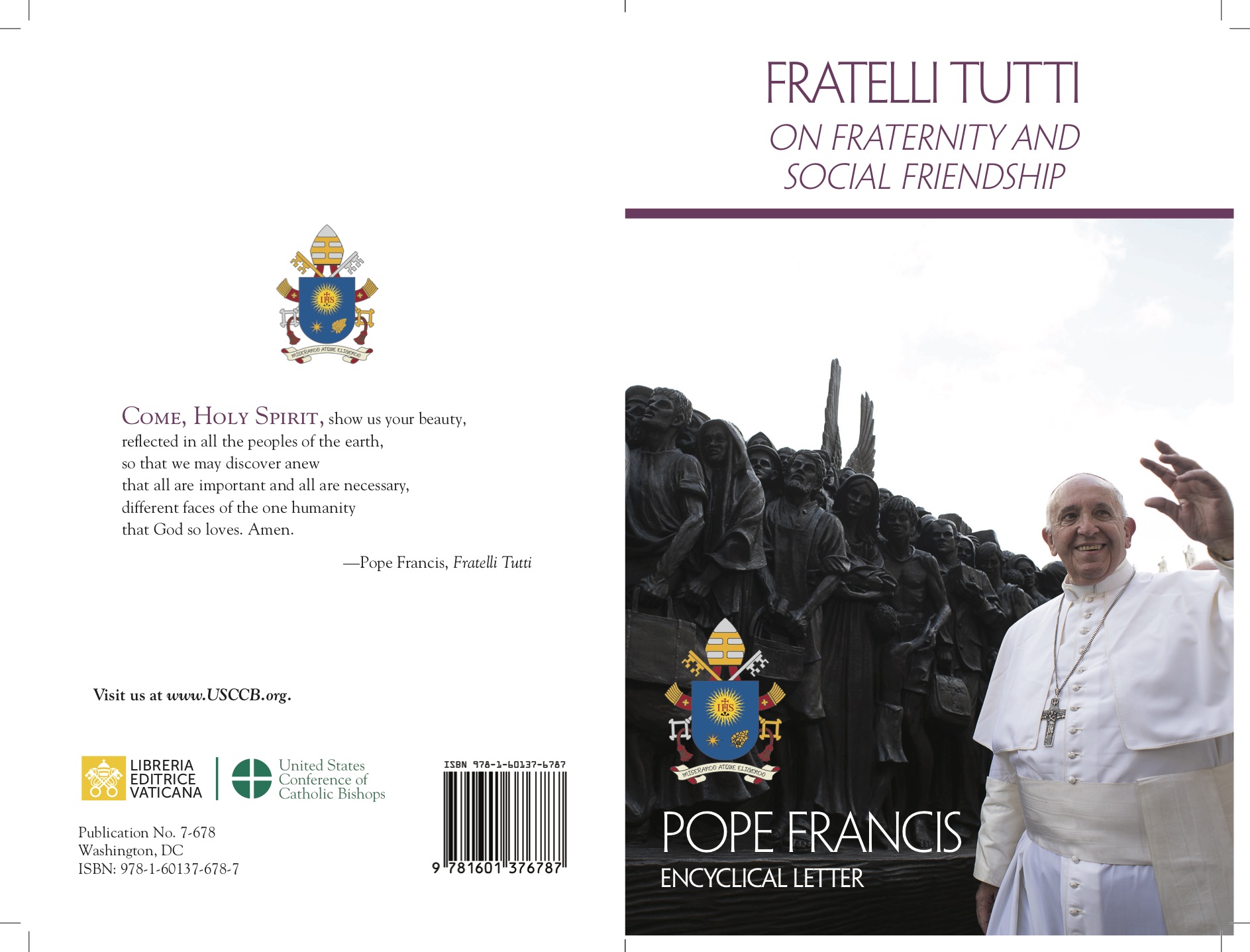Art

A teenage girl seen in profile and a heart-shaped balloon flying away: Banksy’s most famous work, an image that enjoys a fame today equal to Leonardo da Vinci’s Mona Lisa, merges together two themes that are light for humanity: Love and Youth, condensed in the invisible line that connects the girl’s eyes to the airborne flight of the balloon. Banksy has succeeded where many have failed, crossing the threshold of museums with the most feared of universal symbols, that red heart shape which here becomes a sign of common hope in a world where taking care is synonymous with sharing and rebirth.
If we scroll through the entire career of the most famous and mysterious among urban artists, we discover that “Girl with Balloon” is just the tip of a constant dialogue with childhood and adolescence. The artist from Bristol, author of murals that have become coveted screen prints, feels the urgency to protect young people from bad governance, unjust laws, and the little protection that the powerful reserve for them. Robin Gunningham (the artist’s real name) was born and raised in Bristol, a working-class and multiracial city where he built, wall by wall, his ethical messages with a covered face. Behind the mask of the ghost, he has created dozens of stencils (the most used technique by writers, consisting of a normographic mask to be painted) that seem like surreal warnings for a youth that burns without consuming, as if they had a sacred fire of free generational expression, a hymn to the generous and wild vitality of open-eyed dreamers.
Girl with Balloon is Banksy’s most popular image, voted in 2017, in a survey promoted by Samsung, as the most beloved work by the British. Banksy paints it for the first time using the stencil technique, in an unauthorized form on a wall on the side of a bridge in the Southbank area of London, in 2004. The artist signs the work on an electrical box, located at the bottom right of the work, and accompanies the image with a text that reads: “There is always hope”. In his black book “Cut it Out” where the artist publishes the work in 2004, he adds: “When the time comes to go, walk away quietly, without making a fuss”. Another version of the stencil is placed by the artist in the London neighborhood of Shoreditch, near Liverpool Street station. The owners of the shop on whose wall the work appears propose the “removal” of the work in order to resell it at auction, arousing such popular indignation that the work is not removed. Ten years later, hidden behind a billboard, some individuals remove the stencil. The work reappears during the presentation of the “Stealing Banksy?” project in 2014 and is then sold shortly after. But our beloved girl, a universal symbol of hope for sensitive hearts, belongs to a large group of girls and boys who populate Banksy’s mural gags. “Let’s take Jack & Jill”, two teenagers running with a bulletproof police jacket: the best way to dismantle the rhetoric of control, playing with the stereotypes of social fears, using irony as a weapon that overturns the sense of things. The British artist, about this work, wrote: “Many parents would be willing to do anything for their children, except let them be themselves”. A phrase that denotes a special love for the defiant, antagonistic, and indomitable age of young people who do not resign themselves and fight while they play and love. “Bomb Love”, the work in which a girl hugs a bomb as if it were a stuffed animal, perfectly explains the narrative mechanism with which Banksy defuses the insane reasons of power. A soft gesture to extinguish the deadly ardor of the bomb, evidence that love and youth are the best formula for rebirth in a society that will grow only by protecting the new generations and the moral values of a civilized community.
“Jack & Jill” aims to act on perception, on the paradox that puts into tension the presumed innocence of childhood, parental concerns, and the negative tendency that fuels an increasingly “militaristic” and warlike society. The bulletproof jacket is often used by Banksy: in one of his versions of the peace dove painted in Palestine in 2007, titled “Armored Dove of Peace,” the bird wears a bulletproof jacket, creating a short circuit.
“Bomb Love” has this official title and one adopted by the public, Bomb Hugger, the one who hugs the bomb. The image was published in 750 screen-printed copies during demonstrations in Great Britain to criticize the joint intervention with the USA against Iraq. The artist is speaking about the war in the version provided by the rulers and the media in order to justify the attack on Iraq, namely, a war to “export democracy.” In the 2001 booklet “Banging Your Head Against a Brick Wall”, Banksy links the image to one of his aphorisms: “A wall is a very powerful weapon, it is the hardest thing you can hit someone with”. The image has been reproduced in various formats, it has appeared on the walls of European cities including Berlin, made as a stencil but also on signs distributed to the public during anti-militarist protests.
Banksy is a true artist on the side of the people and the ethical values that matter, aware that the wall is a communication organ, a sort of urban stage on which to leave universal messages both in form and content. His art lights up on the walls for everyone, rich in positive values and a sense of reality, full of young protagonists who send messages to adults and to all those who should make the world a better place.
I would close with a quote from Banksy that encapsulates the historical moment well: “The greatest crimes in the world are not committed by people breaking the rules but by people following the rules. It’s people who follow orders that drop bombs and massacre villages”.
By Gianluca Marziani
Art critic and curator, author (together with Stefano Antonelli) of exhibitions, books, and catalogs on the artist Banksy













 Purchase the Encyclical here Fratelli Tutti
Purchase the Encyclical here Fratelli Tutti
